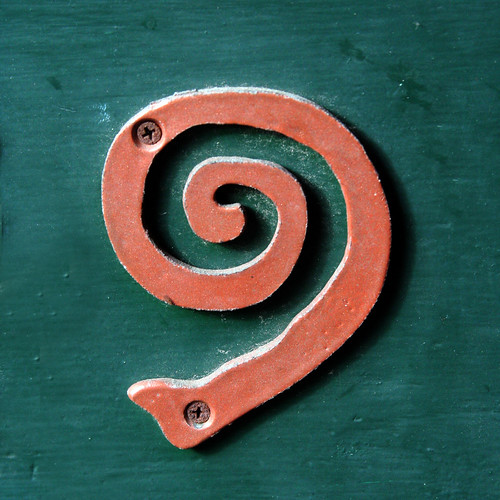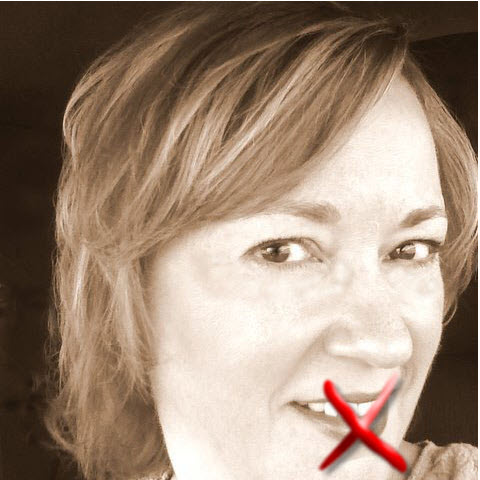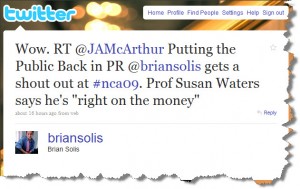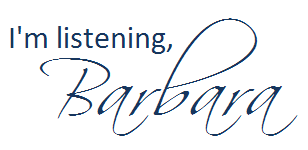In the world of public relations, we often think about the messages we send out. But here’s a secret: effective PR is just as much about listening as it is about talking. Listening is our secret weapon because it enables us to truly understand our audience, build meaningful relationships, and respond effectively to any situation. Yep, you heard that right (pun intended)! Let’s dive into why listening is such a big deal in PR.

Understanding Your Audience
Imagine you’re at a party, and someone keeps talking about themselves without letting you get a word in. Annoying, right? The same goes for PR. To truly connect with your audience, you need to understand them. This means actively listening to their voices in meetings, interviews and conversations. When you know their likes, dislikes, and concerns through direct verbal communication, you can craft messages that hit the mark. For example, if clients keep mentioning a problem during phone calls, you can address it directly and show that you’re listening.
Building Trust and Relationships
Relationships are built on trust, and trust comes from listening. When you show people that you care about what they have to say, they’re more likely to trust you. This is crucial in PR. Whether you’re responding to questions in a press conference or engaging in a one-on-one conversation, acknowledging and addressing concerns builds loyalty. It’s like any good relationship: communication has to go both ways.
Listening in Person, Face to Face
There’s something powerful about face-to-face interactions. When you listen in person, you can pick up on non-verbal cues like body language, facial expressions and tone of voice. These cues give you a deeper understanding of what the person is really feeling and thinking. In PR, this means actively engaging during meetings, interviews and events. Nod to show you’re following along, maintain eye contact to show you’re focused and ask follow-up questions to dig deeper. This kind of attentive listening builds a strong rapport and shows your audience that you value their input.
Listening Using Technology Like Zoom or Teams
With the rise of remote work, listening through technology has become a vital skill. Platforms like Zoom or Teams are great tools, but they require a different kind of listening. Make sure you’re not multitasking during virtual meetings—close those extra tabs! (Yes, I’m guilty about this one, too.) Pay attention to visual cues like facial expressions and gestures, and listen carefully to the tone of voice. Use features like chat to ask questions or get clarifications without interrupting the speaker. By being fully present, even in a virtual setting, you show respect and ensure you don’t miss important details.
Handling Crises
When a crisis hits, listening is your best friend. During these times, it’s essential to hear what people are saying so you can respond appropriately. Are there rumors flying around in verbal conversations? Address them with clear, factual information. Are customers or clients upset during phone calls? Show empathy and take action to resolve their issues. Listening helps you understand the situation better and react in a way that can calm the storm.
Continuous Improvement
Listening isn’t just about fixing problems; it’s also about getting better all the time. Verbal feedback is a goldmine for insights. Maybe your client’s customers love their product but find the website hard to navigate. Or perhaps team members have suggestions for improving processes. By paying attention to this spoken feedback, you can make continuous improvements that benefit everyone. It’s like having a roadmap for getting better and better.
Sparking Creativity and Innovation
Here’s a fun fact: listening can boost your creativity. When you’re open to new ideas and perspectives, you can come up with innovative solutions and campaigns. Maybe a client suggests a new way of reaching out to their customers during a phone call, or a team member has a creative idea for an innovative campaign. These fresh perspectives can help you stand out and keep things exciting.
Wrapping Up
So, there you have it! Listening is a powerful tool in public relations. It helps you understand your audience, build trust, manage crises, continuously improve and spark creativity. Listening is our secret weapon because it equips us to connect more deeply with our audience and navigate the ever-changing landscape of public opinion. By making listening a priority—whether in person, through technology, or during phone calls—you’ll be better equipped to achieve your PR goals. Remember, in PR, it’s not just about what you say—it’s also about how you listen.
So, what do you think? How can listening help you boost your career in public relations?
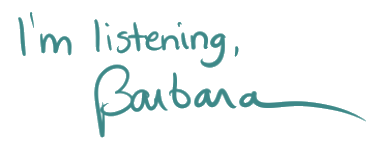
NOTES
The framework of this article was inspired by ChatGPT.



